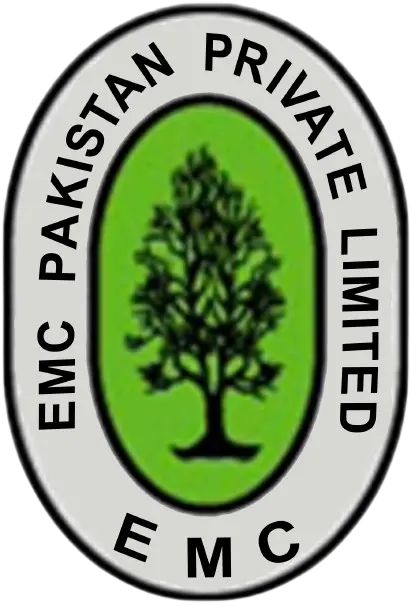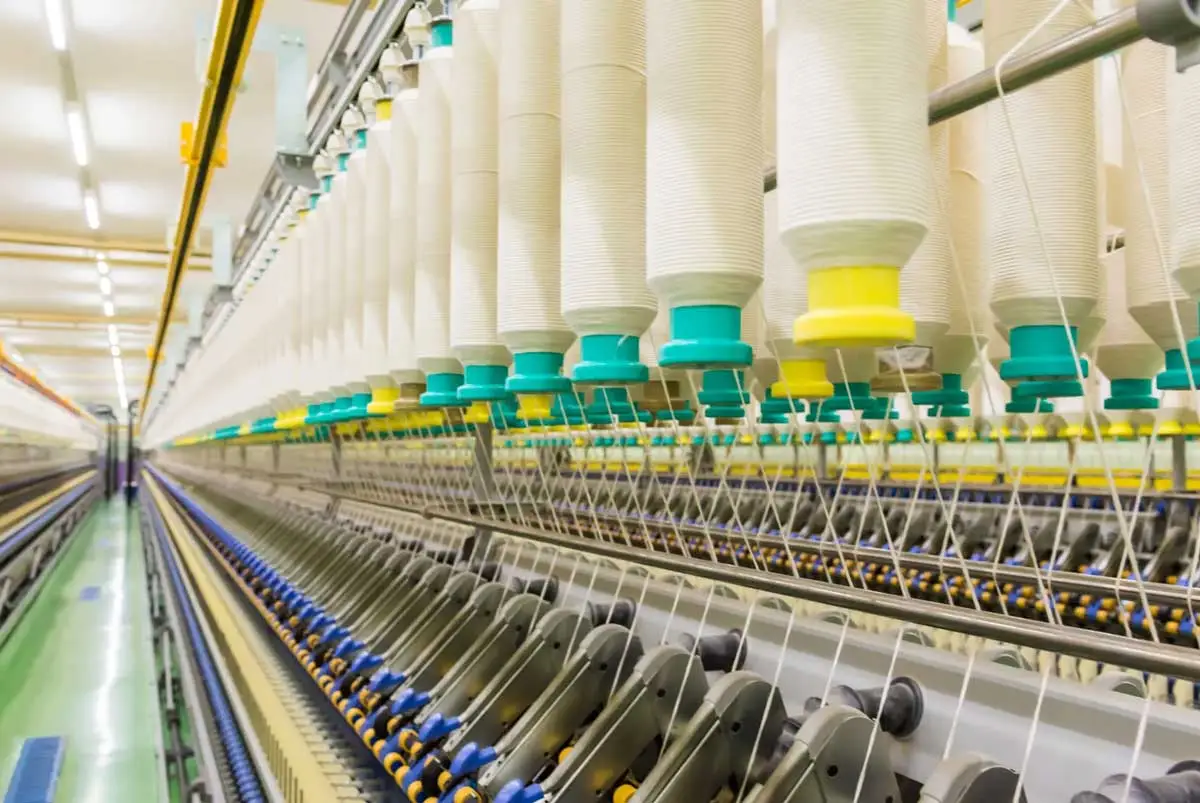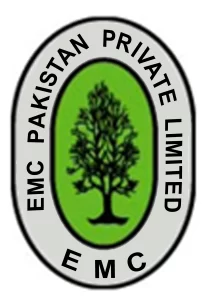Textile
The textile sector plays a vital role in Pakistan’s economy, contributing significantly to exports, employment, and foreign exchange earnings. However, the sector also faces significant environmental challenges, including water pollution, air pollution, and waste management issues. To ensure sustainable growth and development, it is essential to prioritize environmental assessment and management practices.
For large-scale textile projects, such as new textile mills or expansions, an EIA is mandatory. This comprehensive assessment evaluates the potential environmental impacts of the project, including air pollution from dyeing and finishing processes, water pollution from wastewater discharges, and solid waste generation. For smaller-scale projects or activities, such as upgrades to existing facilities or changes in production processes, an IEE may be sufficient. While less comprehensive than an EIA, an IEE still requires a thorough evaluation of environmental impacts and the development of mitigation measures.
Key environmental concerns in the textile sector include water pollution from textile dyeing and finishing processes, air pollution from emissions from textile mills, and solid waste generation.
Once an EIA or IEE is approved, textile manufacturers are required to develop EMPs. EMPs are Environmental Management Plans that outline specific measures to mitigate the identified environmental impacts.
EMPs typically address:
- Pollution control: Implementing technologies and practices to reduce emissions and discharges.
- Waste management: Developing strategies for proper disposal and recycling of waste materials.
- Habitat restoration: Taking steps to restore and rehabilitate impacted ecosystems.
- Community engagement: Involving local communities in decision-making and addressing their concerns.
In addition to EIAs, EMPs, and IEEs, the textile sector also requires the development of HSMPs. HSMPs are Hazardous Substances Management Plans that address the specific risks associated with the handling, storage, transportation, and disposal of hazardous substances used in textile manufacturing processes. HSMPs typically include:
- A detailed inventory of all hazardous substances used or stored on site.
- Proper storage facilities and procedures to prevent accidental spills or releases.
- Protocols for handling spills, leaks, or other emergencies involving hazardous substances.
- Training programs for employees on the safe handling, storage, and disposal of hazardous substances.
- Availability of necessary equipment for containing and cleaning up spills.
The textile sector in Pakistan faces several challenges in ensuring effective environmental management. These include limited resources and capacity within regulatory agencies, difficulties in enforcing environmental regulations, and the need for increased public participation in decision-making.
However, there are also opportunities for improvement. By investing in cleaner technologies, promoting sustainable practices, and strengthening regulatory frameworks, Pakistan can enhance environmental performance in the textile sector.
By effectively implementing EIAs, EMPs, HSMPs, and IEEs, and addressing the associated challenges, the textile sector can contribute to both economic growth and environmental protection.


